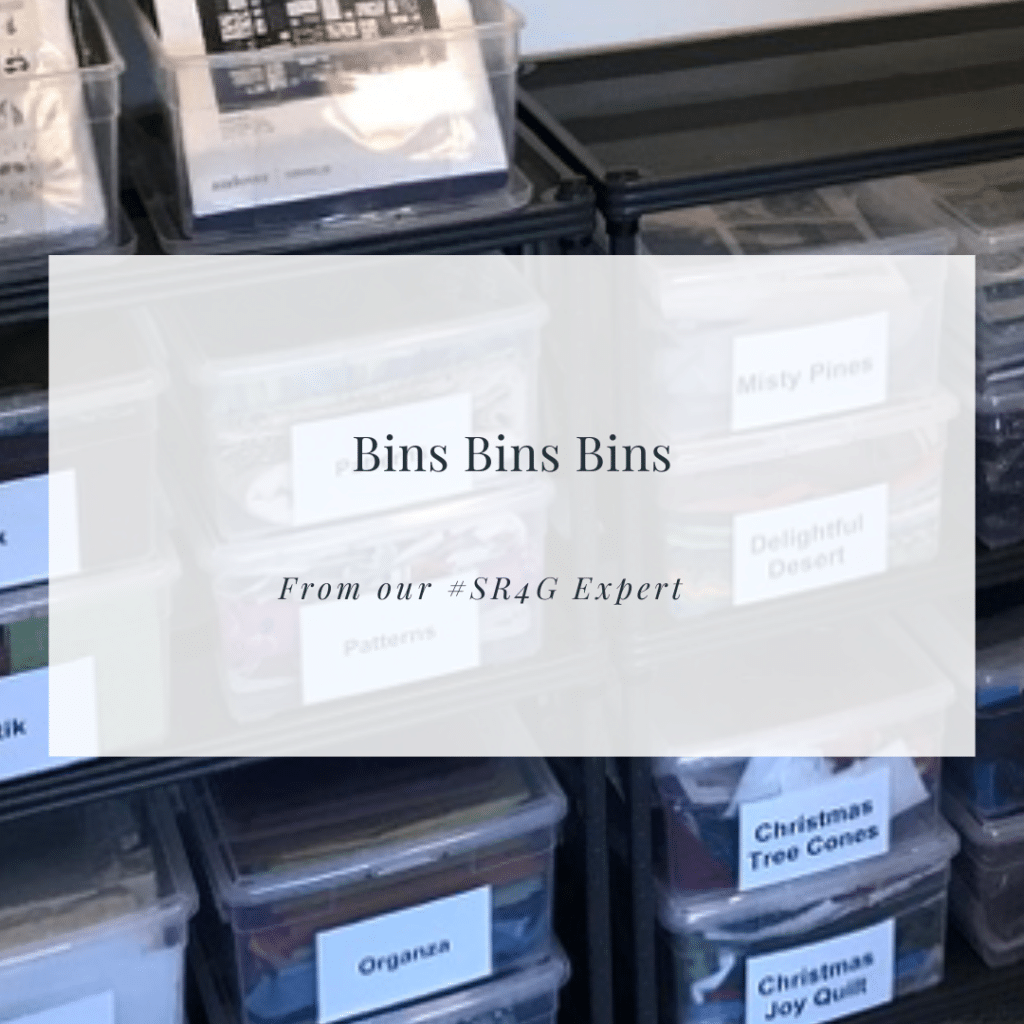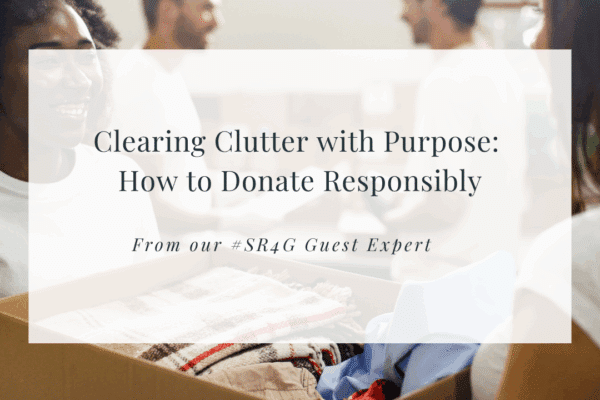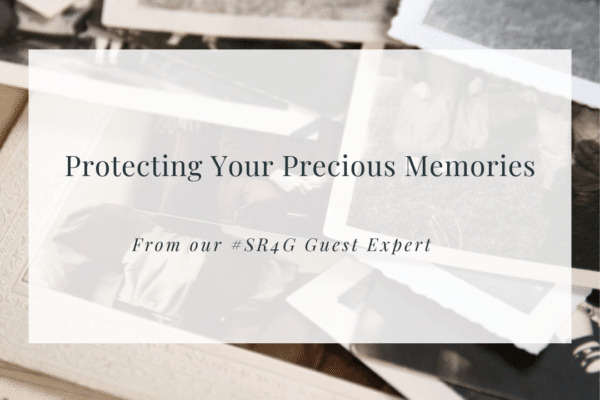
BINS! I have found myself using bins at a lot of client’s homes recently. There are so many reasons to containerize things in bins – it helps us know where to find things, keeps items of a certain type together, streamlines visual appearances, and collects clutter that we want to keep accessible.
I am picky about what bins I use. While they need to be able to nest for storing them before use, I don’t want anything that has slides that are too slanted. When I set bins next to each other on a shelf, I want as little space between each one as possible. When the sides of the bin are very slanted, space between each is wasted. If you are only using one or two that might not be a big problem, but if you are using a lot, the lost space can add up.

For storage in utilitarian spaces, such as storage areas, attics, or pantries, I like using the semi-clear, plastic bins. As you may have noticed you can spend a lot on bins or get them at the Dollar Store. When deciding what bins to purchase consider how they will be used. If you are storing books in stacked bins, you may need to go with a higher quality, expensive bin so they don’t crack over time. If you are storing yarn, or other light-weight items, the quality is probably not as important. (Do consider size though! It is tempting to get very large bins for light-weight things, but those can be unwieldly to move!)
When I am trying to hide things that are visible in primary spaces, I usually look for a decorative bin or basket that can blend in with a room’s aesthetic. If there is enough space I might use a round container such as a basket or ceramic bowl. This can be an aesthetically pleasing way to collect and store items that you want accessible such as TV remotes or toys. If space is very tight, I try to find a nice looking square container because it is a more efficient use of space. Did you know that a round container that is the same height and width as a square container offers about 25% less space?
I am all about setting ourselves up for success by making it as easy to put items away as possible. For example, if items inside of a container are used routinely, such as a basket of winter hats and gloves, I will leave it open, without a lid. Something as simple as a lid can make putting things away a little harder – especially when we come in from a busy day and our hands are full.
Another way to keep organization easy is to label containers. That makes it easier for all members of a household to get on board because there is no question about what goes where. It also takes a little of the brain work out of putting items away in the right spot.
Of course, everyone has different priorities – these solutions have helped me and many of my clients, but everyone has unique preferences. The best solutions for you are the ones that make you feel comfortable and peaceful in your space while allowing you to function efficiently.



